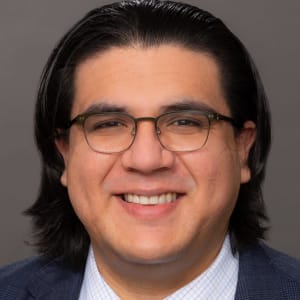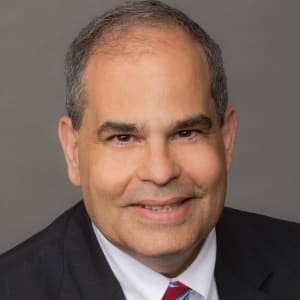
Andres Davila

Eman Alamodi

Roopali Kulkarni

Thomas P. Sollecito

Takako Tanaka
 Andres Davila |  Eman Alamodi |  Roopali Kulkarni |  Thomas P. Sollecito |  Takako Tanaka |
Andres Davila, Eman Alamodi, Roopali Kulkarni, Thomas P. Sollecito, Takako Tanaka, Michael B. Salin, Eric T. Stoopler
Oral Medicine, University of Pennsylvania Dental Medicine
Introduction
As a result of the COVID-19 pandemic, healthcare providers were challenged with providing clinical services amidst a global emergency. Telemedicine was implemented by medical and dental providers, including oral medicine specialists, for this purpose. A shift to virtual patient-provider communication has brought unique opportunities in evaluation and management of oral mucosal disorders.
Methods
An 81-year-old female complained of a six-month history of symptomatic desquamative gingivitis. Owing to COVID-19 restrictions, the initial clinical encounter was conducted via telemedicine, however, high-resolution clinical photos of the affected areas taken with a smartphone were sent electronically for review. She denied changes to diet, medications, and oral hygiene products at the time of condition onset. Exacerbating factors included citrus, spices, mint, and mechanical irritation from daily hygiene routines. Previous evaluations for current complaints by a general dentist and a periodontist were inconclusive. Her medical history included hypertension, breast cancer status-post lumpectomy, lymph node dissection (node-negative), radiation and chemotherapy and Parkinson’s disease. The patient was taking multiple medications, reported no known drug allergies and both family and social histories were non-contributory. Review of systems was negative for ocular, pharyngeal, pulmonary, or cutaneous findings. Visual inspection of cutaneous surfaces of the head and neck were within normal limits. High-resolution clinical photos revealed diffuse desquamation and erythema of the maxillary and mandibular gingivae. Differential diagnosis included mucous membrane pemphigoid and pemphigus vulgaris.
Results
Indirect immunofluorescence and enzyme linked immunosorbent assay (ELISA) testing yielded inconclusive results. Owing to COVID-19 restrictions, the patient was referred to a local Oral and Maxillofacial Surgeon who completed incisional biopsies for hematoxylin-and-eosin staining and direct immunofluorescence analysis with histopathologic findings consistent with mucous membrane pemphigoid (MMP). Treatment with Dexamethasone rinse 0.5mg/5ml, 10ml swish and spit twice daily and Nystatin rinse 100K U, 5ml swish and spit three times daily was initiated with subsequent addition of clobetasol gel 0.05% twice daily resulting in substantial improvement of MMP.
Conclusion
This case highlights the utility of telemedicine services for oral medicine specialists.